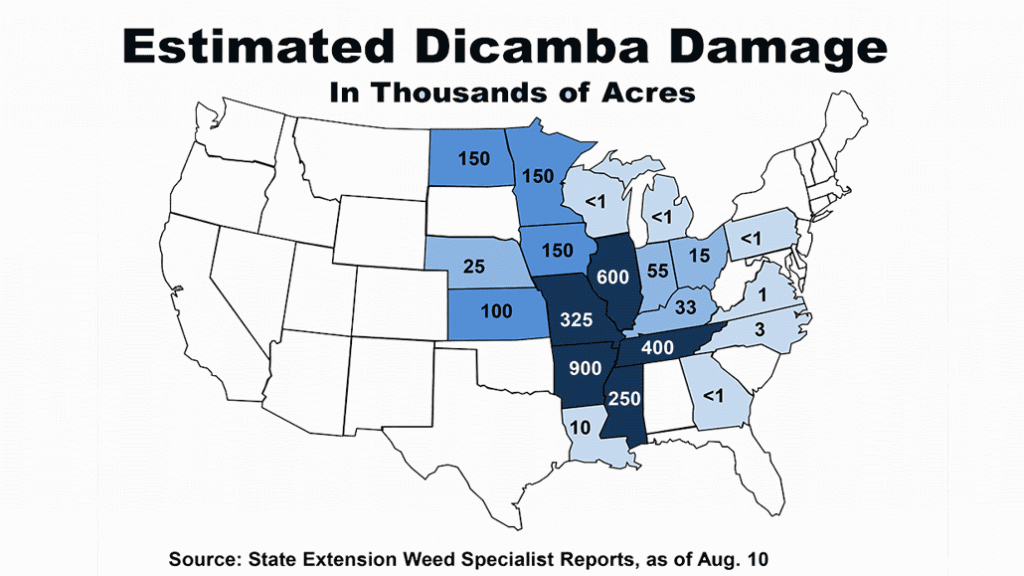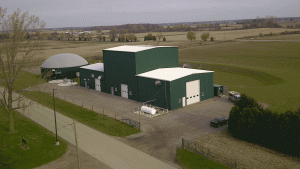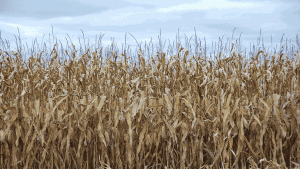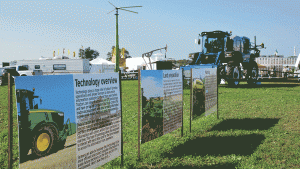Dicamba damage on U.S. fields
ESTIMATES TOP THREE MILLION ACRES

HEADING INTO THE soybean harvest, U.S. Department of Agriculture (USDA) extension experts put instances of dicamba damage to the crop at 3.1 million acres, approximately 3.5% of U.S. soybean plantings this year. That figure could change as field work progresses, according to Dr. Kevin Bradley, a plant pathologist at the University of Missouri.
“It would be a gross misunderstanding [to assess the scope of the problem] just by looking at the number of reports to departments of agriculture,” he says, estimating that actual cases could be 10 times the number of reports.
U.S. crop advisors are urging farmers to report suspected dicamba-related damage to non-Xtend soybeans even if they are not seeking to recover losses. Ken Ferrie, Farm Journal field agronomist, also advises farmers to report dicamba problems to their chemical representatives and insurance companies, noting that most commercial pesticide applicators carry liability policies that could provide a payout.
How the damage could affect yields has also been uncertain. Despite great growing conditions in Missouri, Bradley reports he has seen plenty of fields that show substantial injury. The highest numbers of affected acres are in Mississippi, Missouri, Tennessee, Illinois, and Arkansas (see graph), where the challenge of controlling pigweeds like waterhemp and Palmer amaranth is most severe.
“We’re seeing the most injury where farmers adopted and sprayed dicamba, and obviously they did that because of resistant pigweeds,” Bradley says.
Soybeans aren’t the only crop at risk. Dicamba damage has been reported on tomatoes, cantaloupe, watermelon, grapes, pumpkins, and peaches in Missouri.
“Any broadleaf crop could be sensitive to dicamba,” says Bradley, “but I don’t think there’s any more sensitive crop than soybeans.”
In addition, he cites tomatoes, tobacco, peaches, apples, and ornamental plants like dogwood as extremely sensitive.
Beyond the immediate concerns about the 2017 soybean crop, there are concerns about how the dicamba issue could affect herbicide availability for the 2018 growing season. The U.S. Environmental Protection Agency (EPA) has listed new dicamba formulations under a two-year conditional use label that the EPA could decide not to renew, removing one treatment option for farmers facing weed resistance challenges. At present, Missouri and Arkansas have temporarily banned dicamba use.
“Growers need to know what they will and will not have available before the season starts,” Bradley says, predicting that Xtend soybean acres in Missouri could “go through the roof” next year as farmers try to protect their soybean fields. U.S. farmers planted 20 million acres of dicamba-resistant Xtend soybeans and five million acres of Xtend cotton this year, according to Monsanto.
Pesticide manufacturers have expressed concerns about illegal use of older dicamba formulations which can be more volatile and are boosting training efforts, but there is no easy solution to the dicamba issue, according to Aaron Hager, a University of Illinois weed scientist.
“Applying dicamba according to the label only covers physical drift,” he explains. “If it’s volatility, that’s something difficult for everyone to deal with.”
Dicamba volatility occurs when droplets on plant leaves or soil change from a liquid form to a gas that can drift onto adjacent fields. In 2016, 60 to 70 per cent of the cases of dicamba damage investigated in Missouri involved physical drift and 30 per cent were from volatilization.
This year’s cases have also involved nighttime spraying, tank contamination, use of generics, and improper sprayer setup. According to Bradley, dicamba can move off-site even when everything is done right. •


























